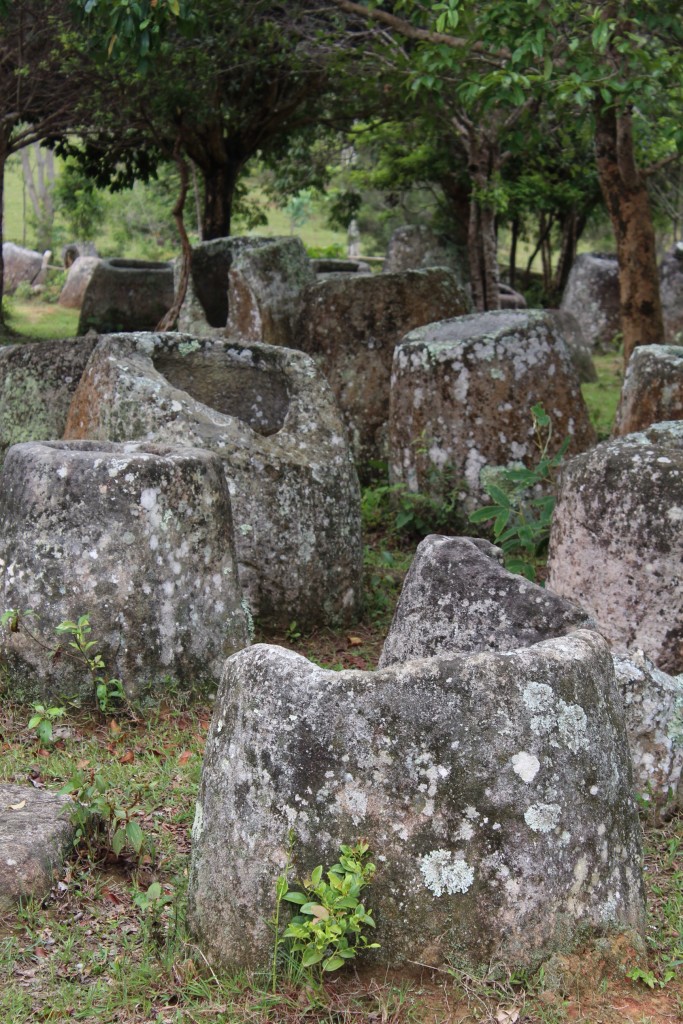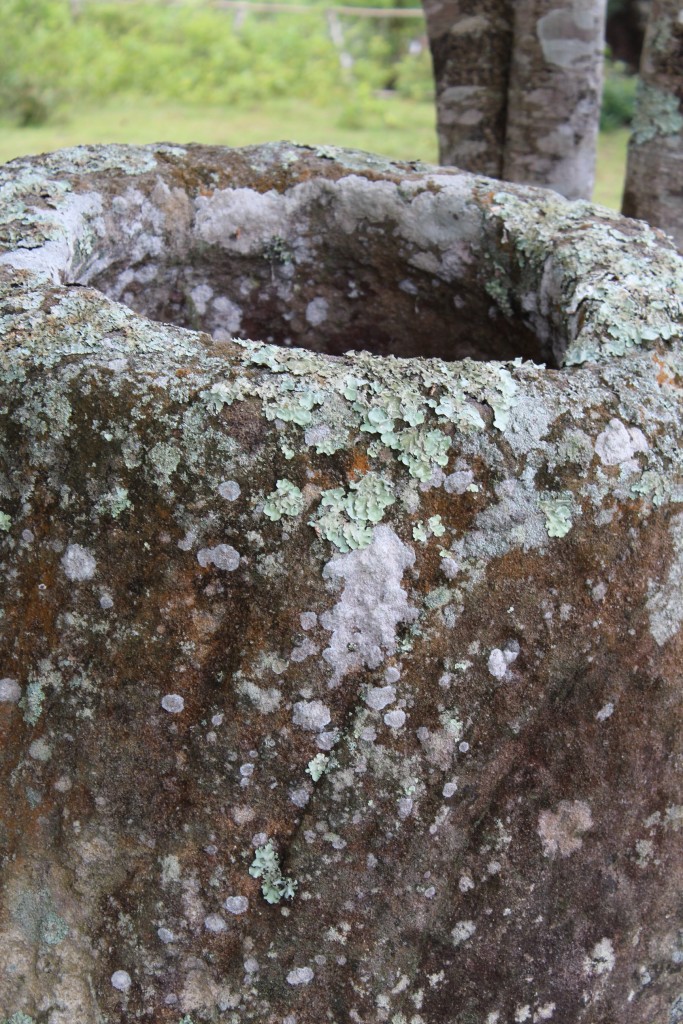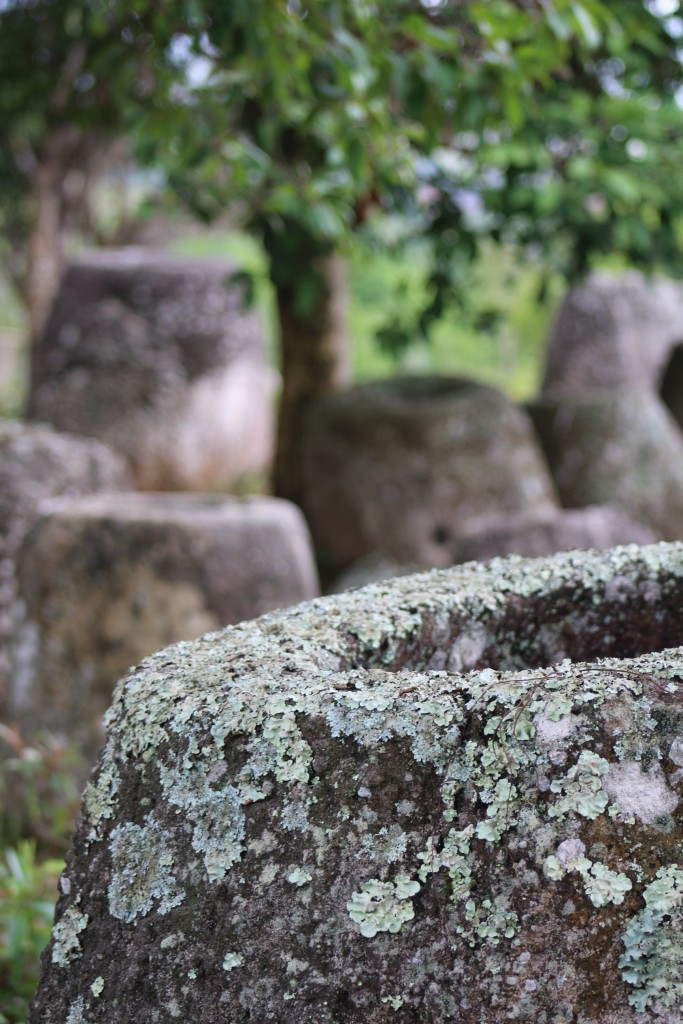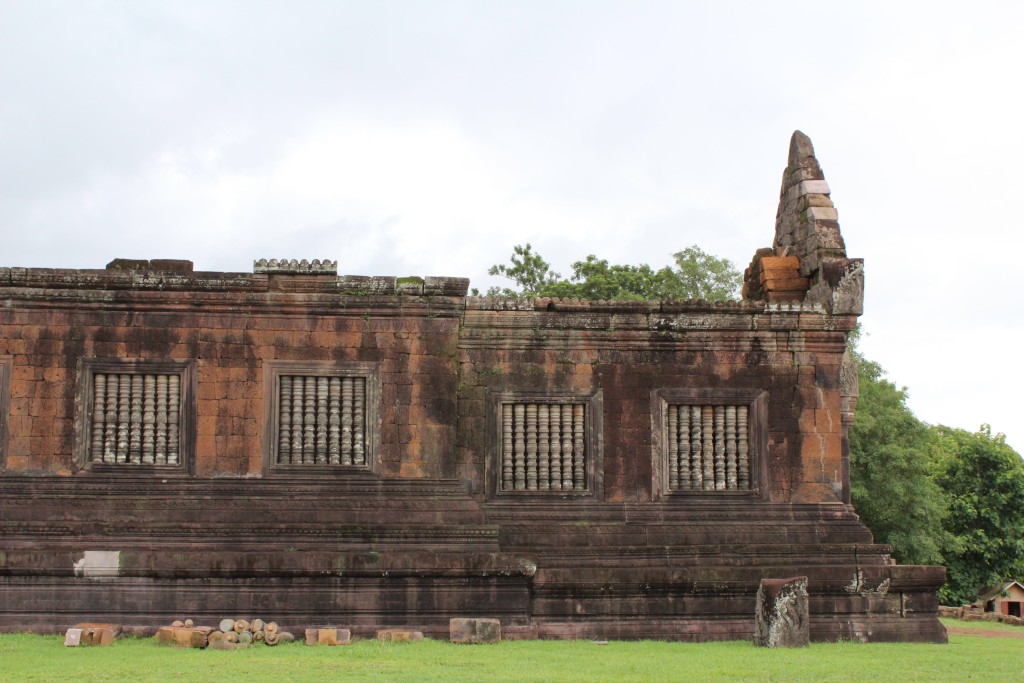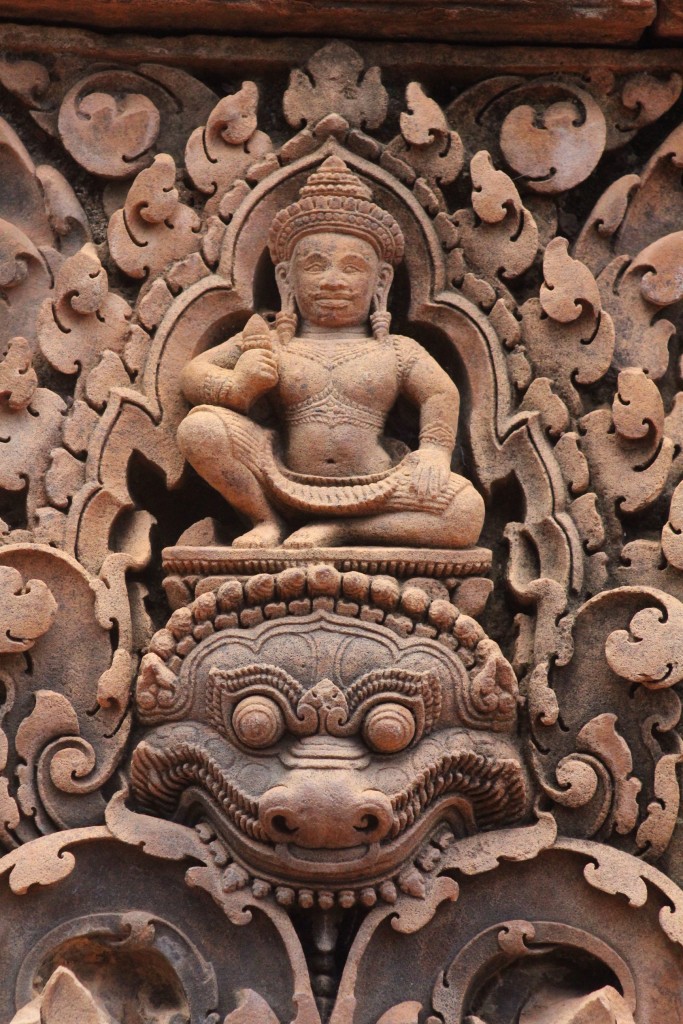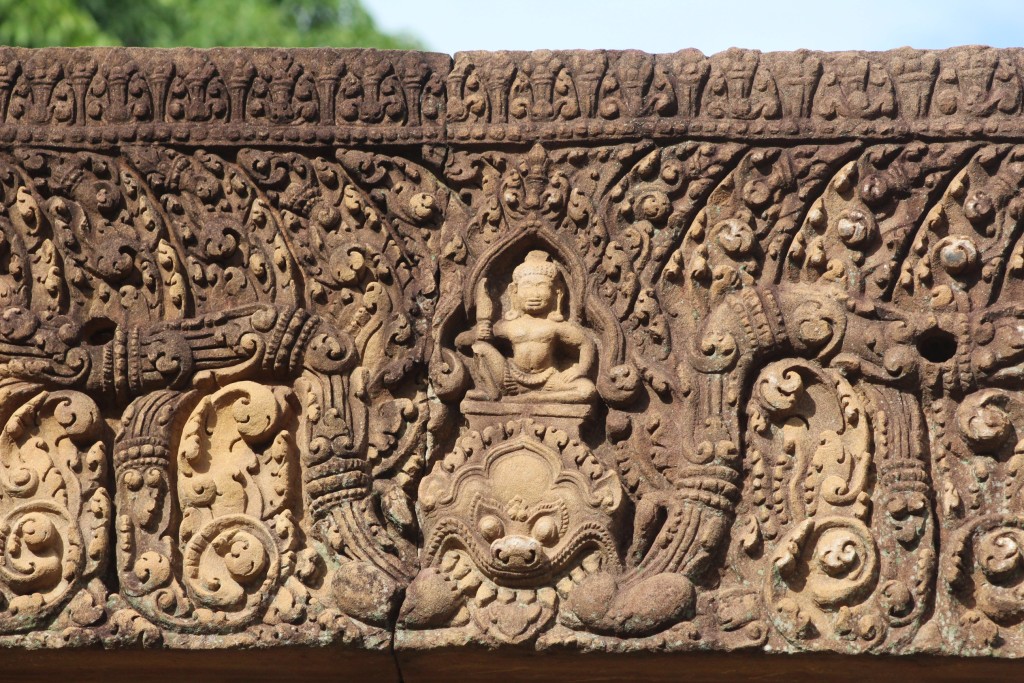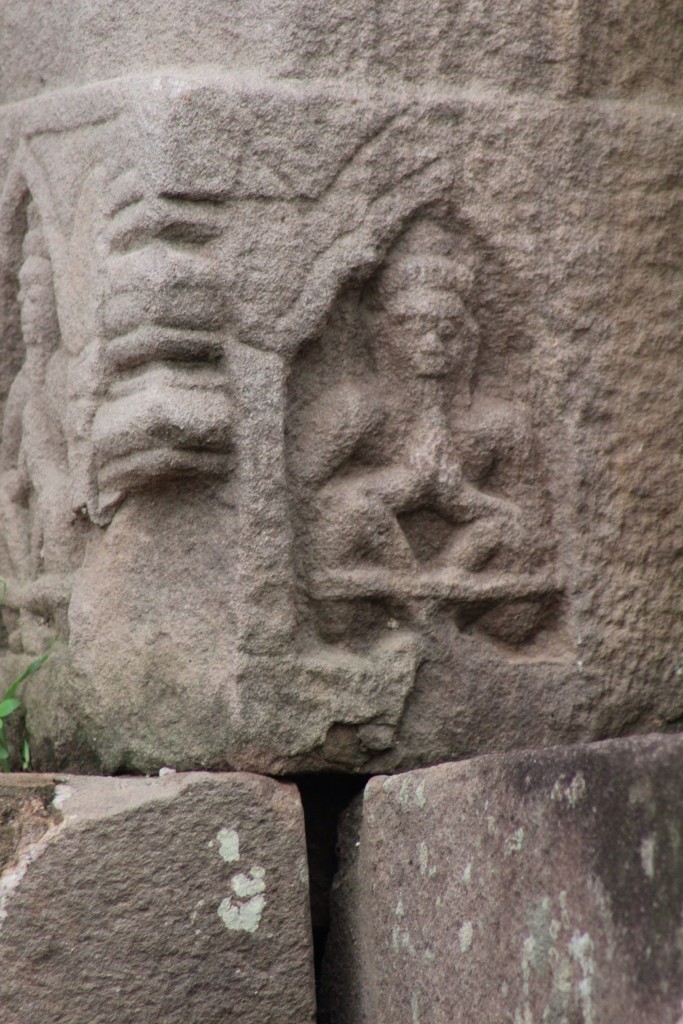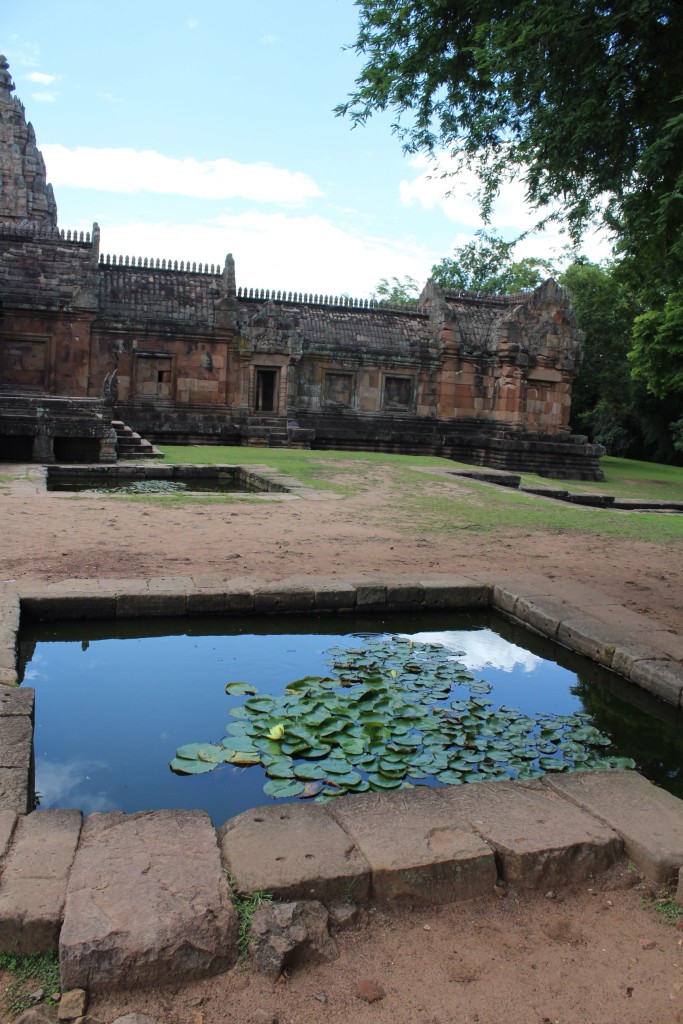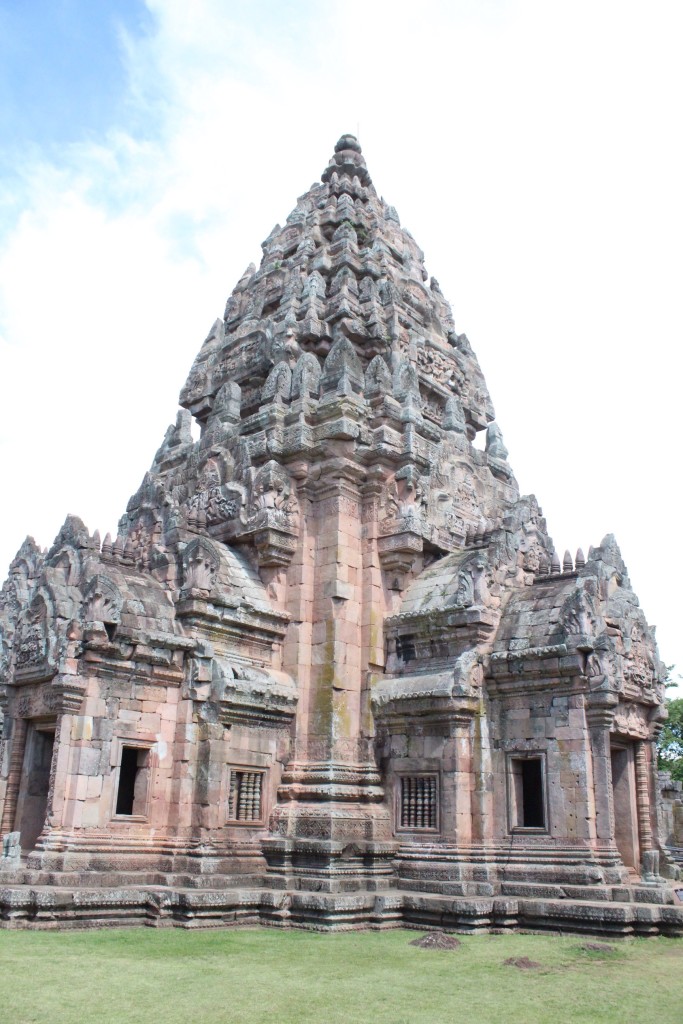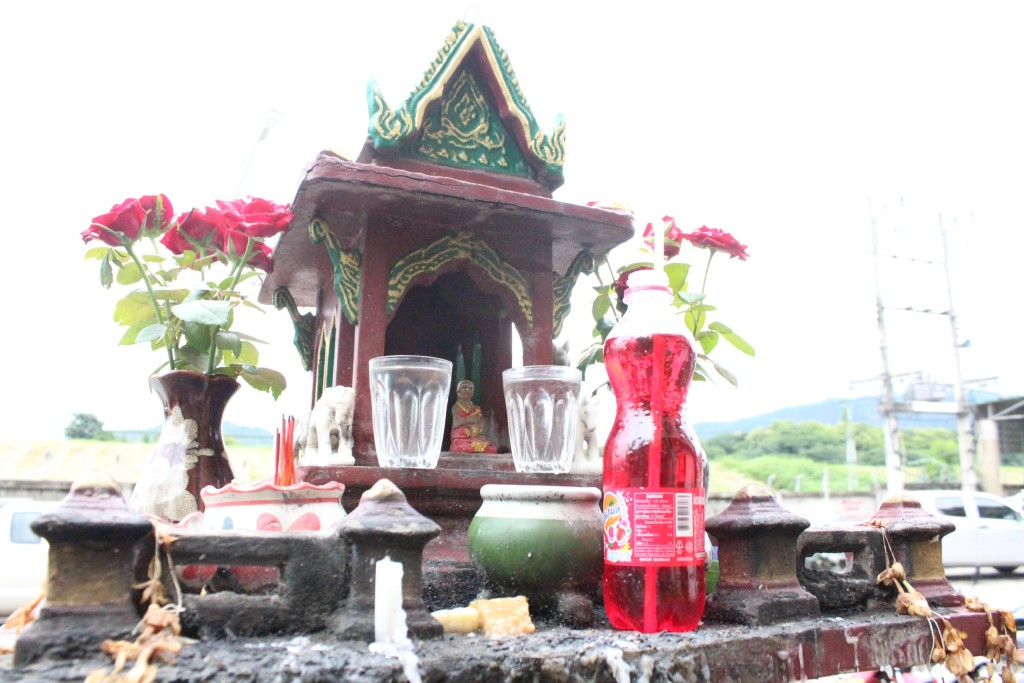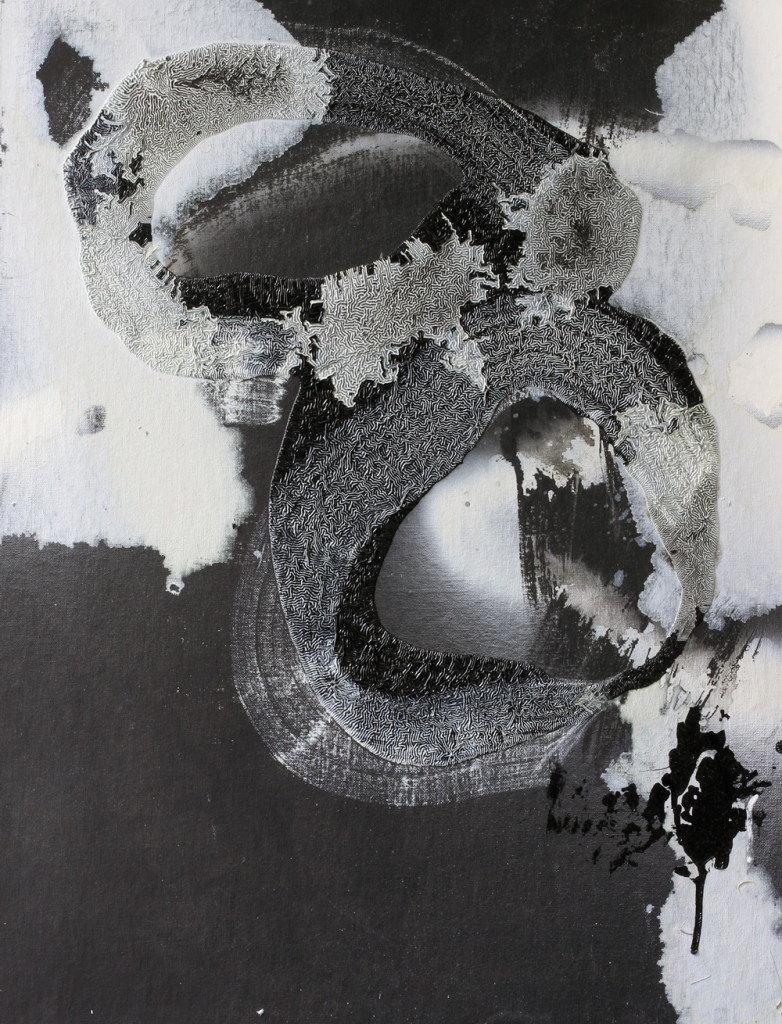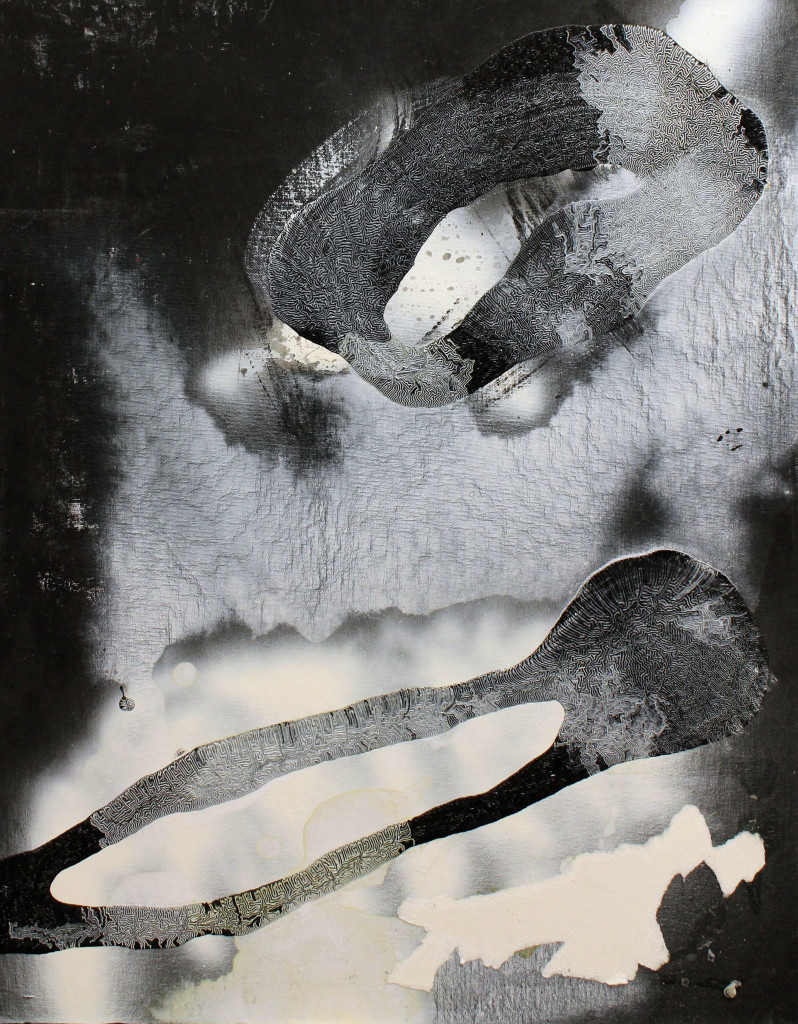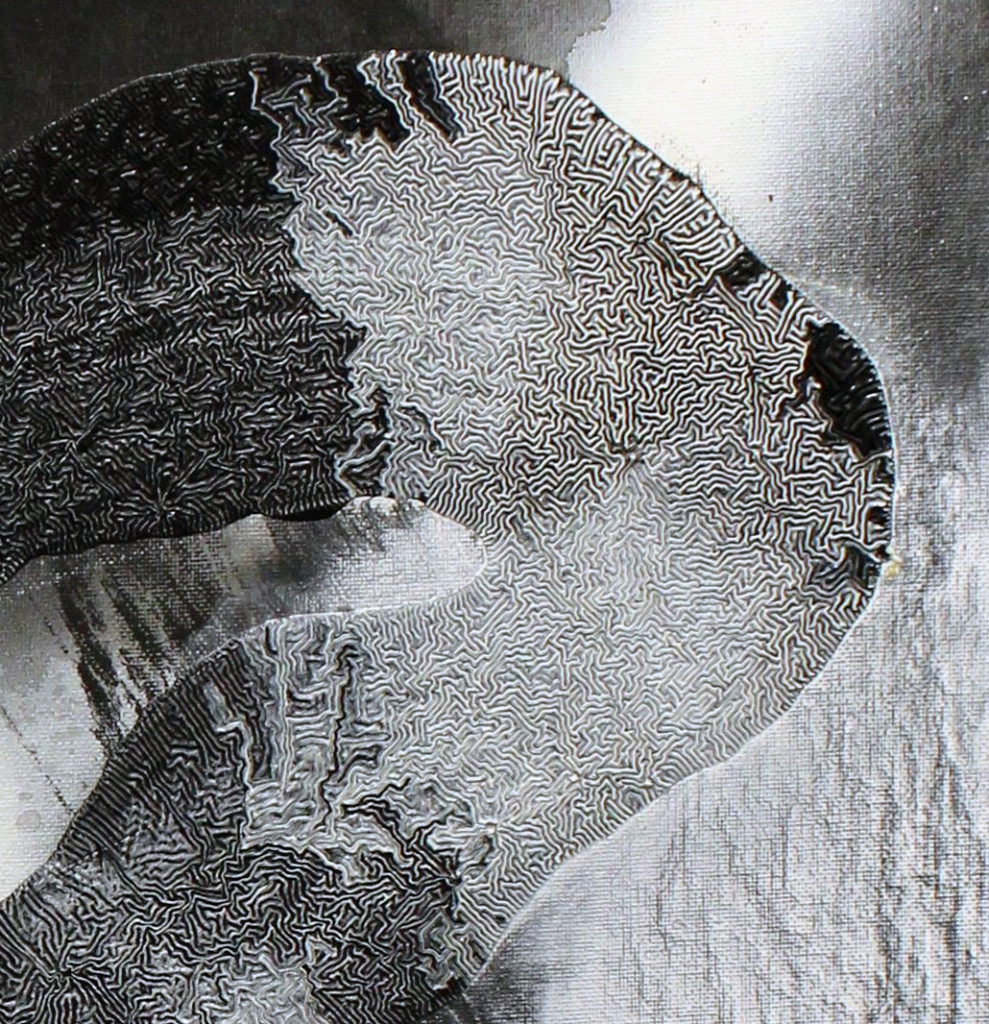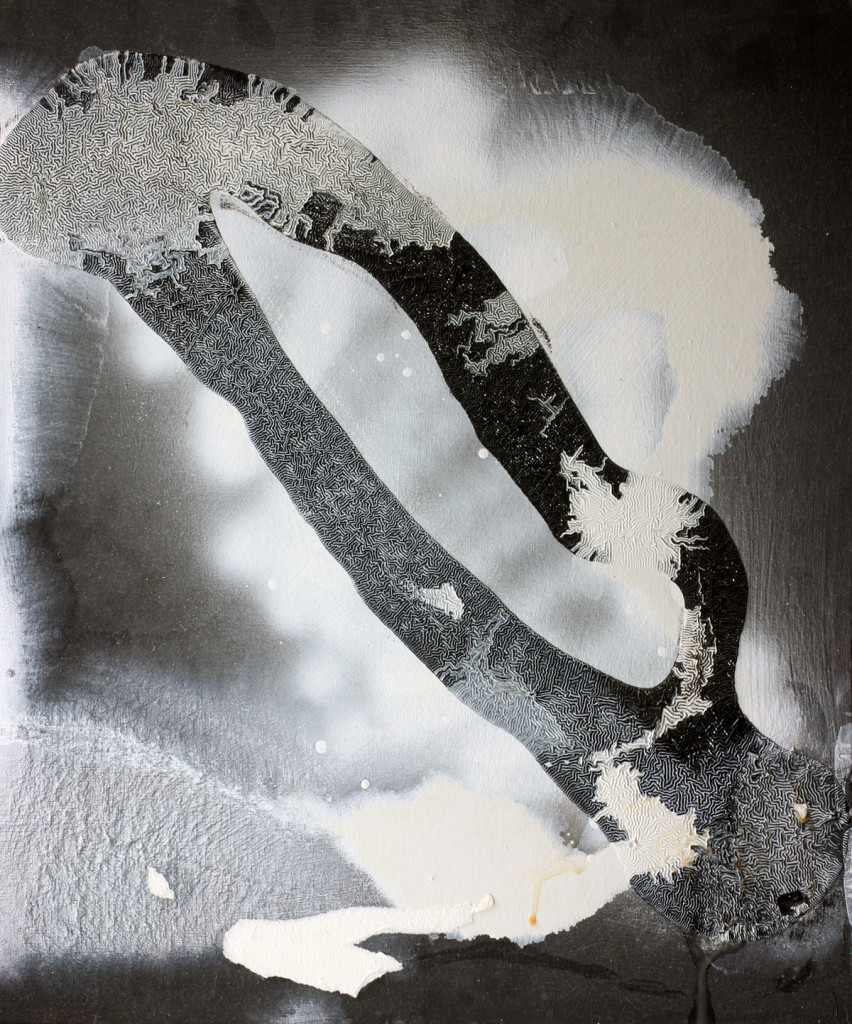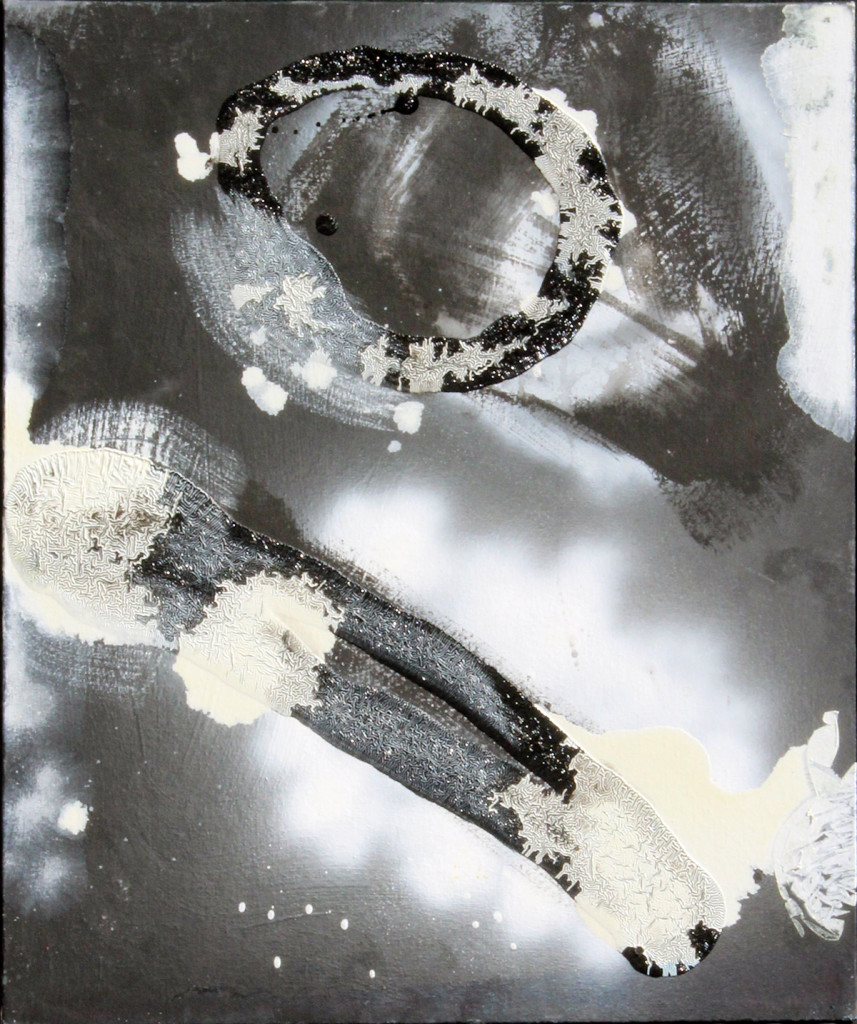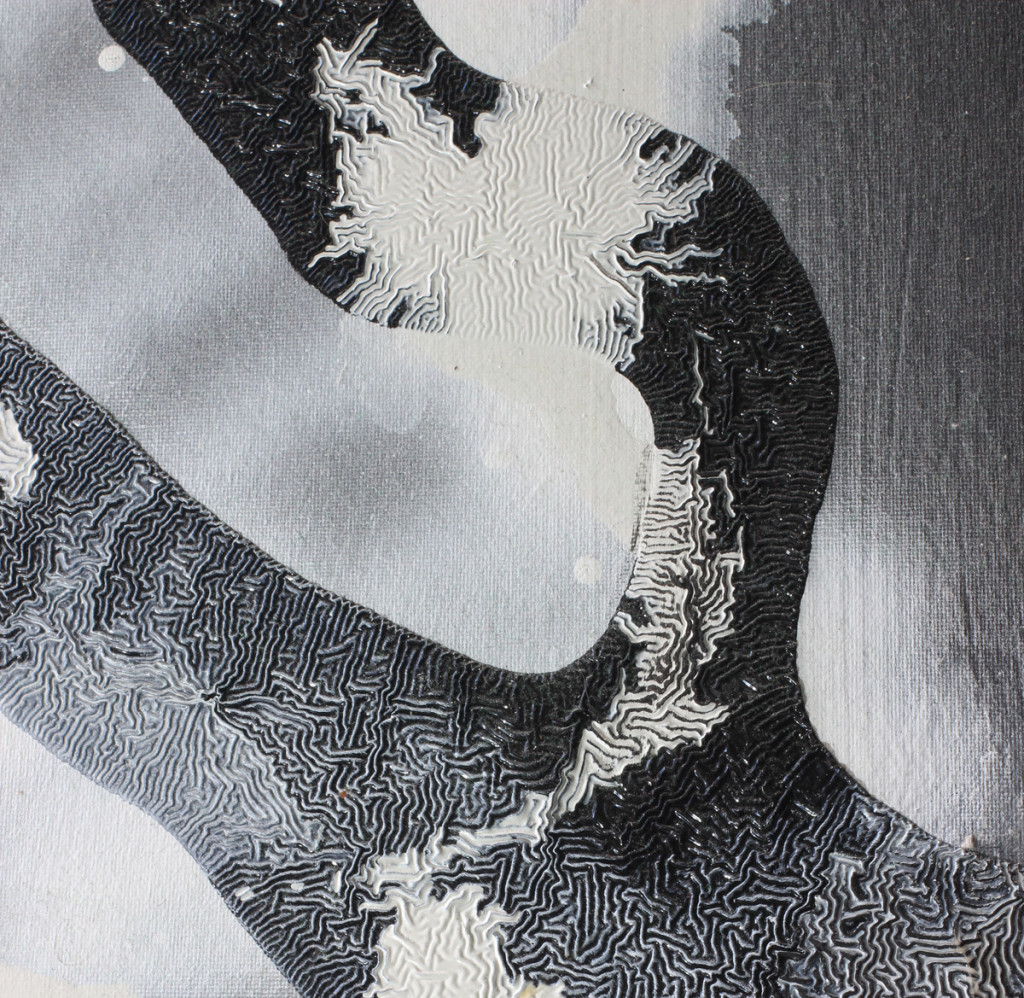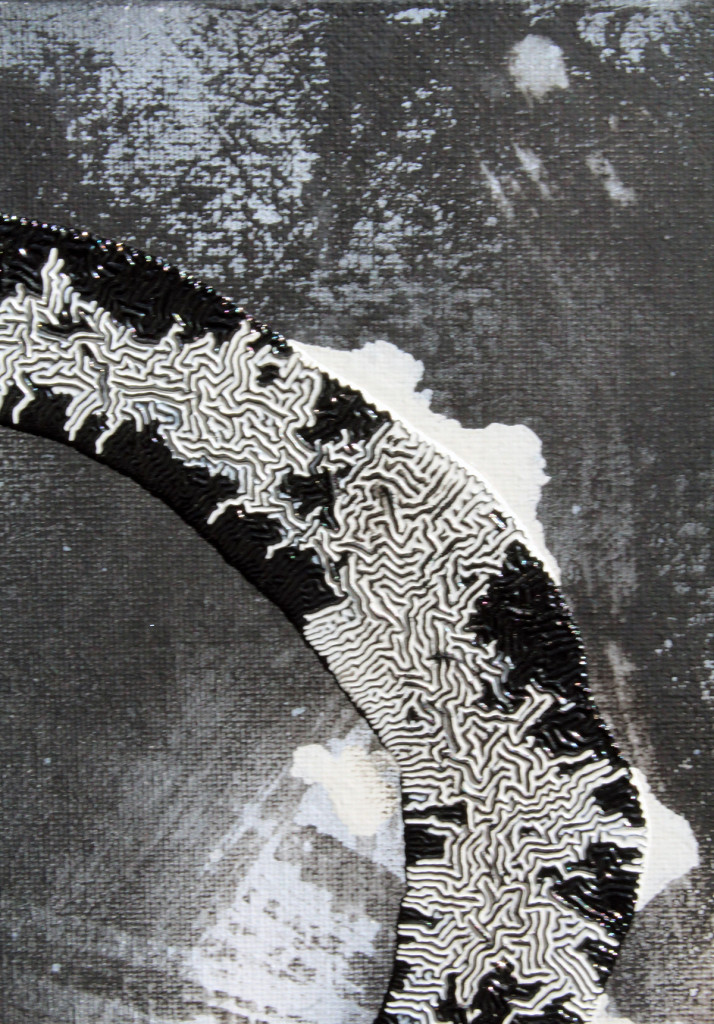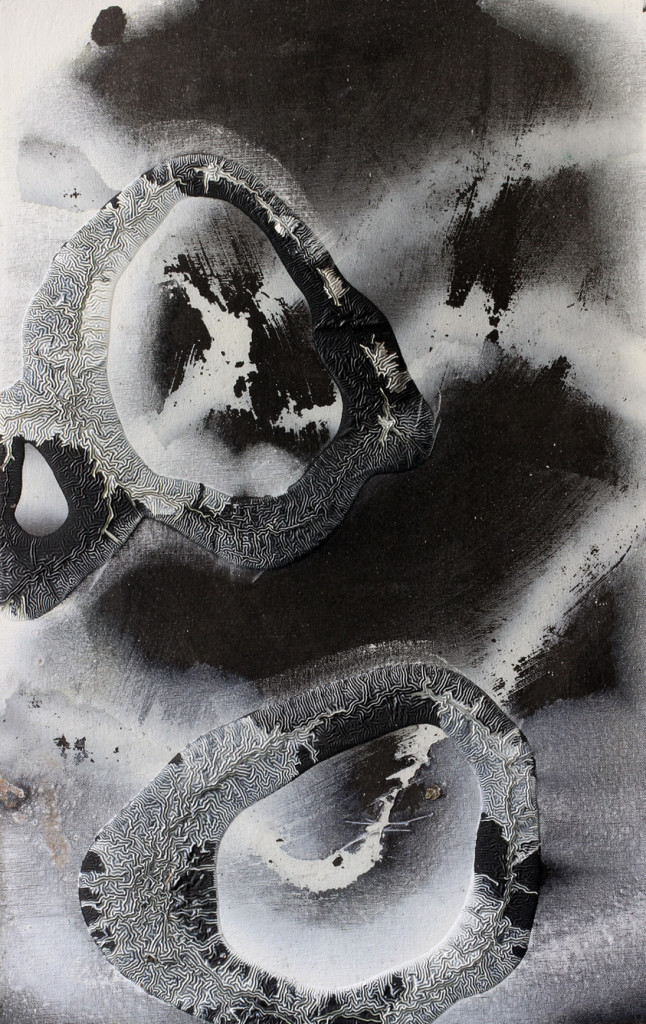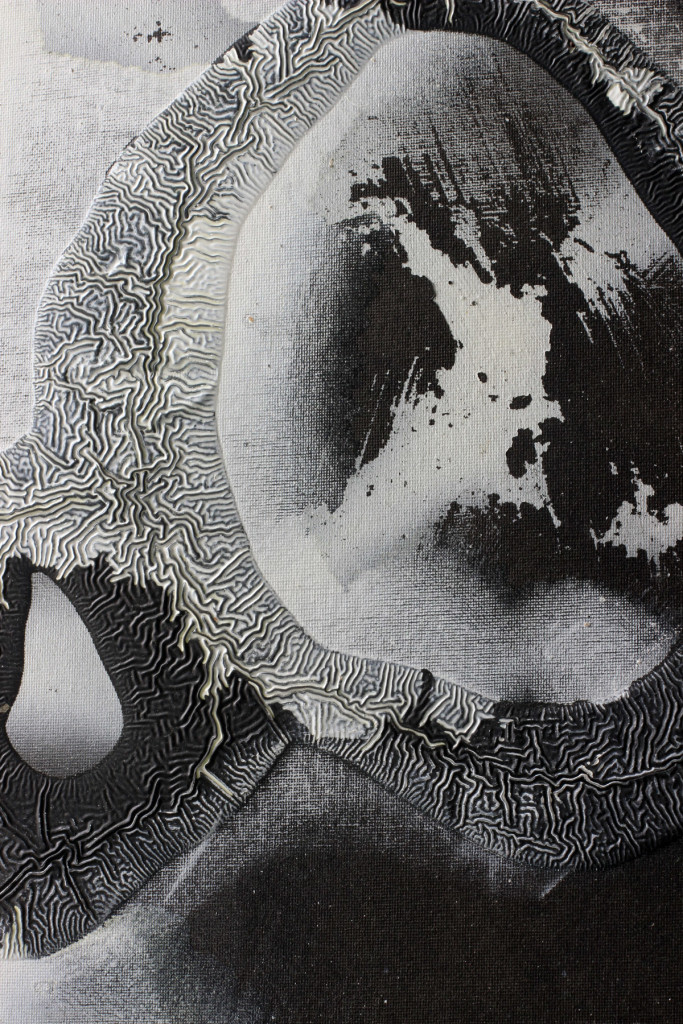Christian Breed
Grant awarded Spring 2015
Website:
http://christianbreed.com/
With the generous support of the Kossak Travel Grant, I traveled to Laos in August 2015, where I visited The Plain of Jars in the north, near the border with Vietnam, and Wat Phu Champasak, an ancient Hindu temple, in the south. An obscure site, often referred to as the Asian Stonehenge, The Plain of Jars is composed of massive, cylindrical structures ranging in weight from 2 to 12 tons. These monolithic vessels are strewn across a seemingly idyllic landscape that becomes immediately treacherous as soon as one scratches below its surface. Literally. Most of the expanses on which the jars lie are also riddled with tens of thousands of unexploded bombs and landmines, detritus from the Vietnam War. As a result, only three of the seventy sites are accessible. I was compelled by the enigmatic tension created by the mortal danger within which these monoliths are shrouded.
Wat Phu Champasak is a Khmer temple bristling with Hindu bas-relief friezes and dangerous stairways leading up an almost impossibly steep mountain considered to be an aniconic symbol of the god Shiva. Dating from the 7th Century, it pre-dates the better-known Angkor Wat, which lies just over the border in Cambodia.
The Plain of Jars and Wat Phu Champasak relate both to my previous work and to the future direction of my painting. The brightly-colored lichen that now cover the jars, as well as the diverse range of ecosystems which now inhabit some jars, relates to the ways in which my series Hoardes and Kant’s Asthma deal with the surfaces of history; the textures that are created as layers of history corrode one another through their disintegration and re-composition. The distinct and vivid relationships between the volumes inside the jars, the craters created by the bombs, and the elaborate Laotian anthills that surround them form a juxtaposition that sparks thoughts of the dialogue between various types of voids, and the structures that we create to house them.
My travels in Laos have made me more conscious of the way we assess what is contemporary and what is ancient, and how we value each. As I had previously concerned myself with the textures produced by layers of history, I am now slowly opening myself to the greater goal of investigating the patterns and textures of time. Elements that seemed to unite so many cultures now reveal themselves as something that sharply divides them. These are the divisions and discrepancies that become visible through art.
